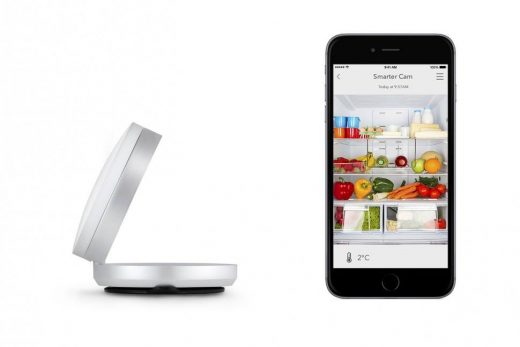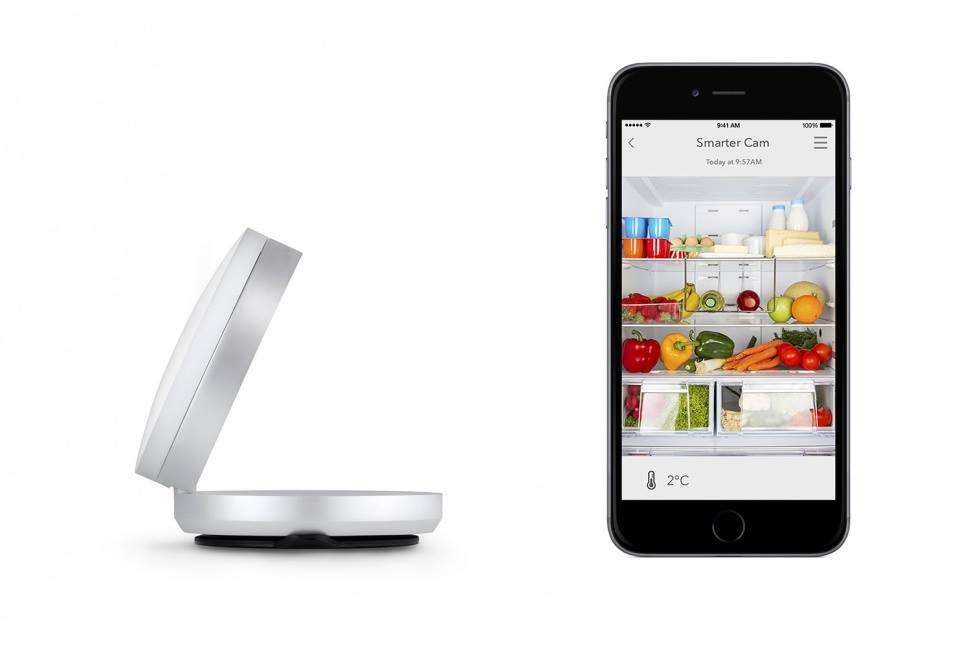Why pizza emojis and fridge cams are harbingers of industry changes ahead
All companies are becoming technology companies, argues columnist Merrily McGugan, and this has serious implications for marketers.

In May 2015, Domino’s made history by announcing that Twitter addicts could now order late-night munchies simply by tweeting a pizza emoji at the brand. And while many were quick to label the concept as — quite frankly — idiotic, the brand’s announcement was, in fact, an early harbinger of an industry-wide reckoning looming on the horizon.
Widespread changes in consumer behaviors are forcing brands to sit up and take notice or risk being left in the dust by “tech-savvier” competitors. As Susan MacDermid, founder and CEO of Ascendant Network, stated onstage at Digital Ascendant’s NYC Gathering in April, “All businesses will [soon] be technology businesses, and all marketing leaders must deeply understand technology.”
The implied sentiment left unspoken was: “or else.” It is an argument that rings true, especially when given context by the following 2016 eMarketer statistics:
- 5.5+ million US households will have “cut the cord” on pay TV subscriptions by 2016, eMarketer predicts.
- 13.8 million US households will have never held cable or satellite TV subscriptions, according to eMarketer.
- 182.2 million US viewers watched video content on YouTube alone in February 2016, comScore found.
- Snapchat receives 10 billion video views per day, while Facebook receives 8 billion video views per day, the company said (PDF) late last year.
- Since the launch of Twitter’s Periscope, a video app that debuted in March 2015, users have created more than 200 million live videos.
It’s not enough for brand marketers to simply be aware of shifting consumption and technology preferences. Marketers must understand technology’s role in changing how consumers interact with their brand — and then act accordingly.
Although Domino’s emoji pizza tweet and text ordering may have been ridiculed initially, no one was laughing when the brand released its 2015 results. Domino’s stated that its emphasis on technology translated into its digital channels generating over 50 percent of US sales and nearly 45 percent of sales internationally; they also helped the brand reach an estimated $4.7 billion in annual global digital sales.
In the past year, Domino’s has continued to push the boundaries of possibility and imagination alike as it unveiled pizza ordering functionality through Amazon Echo, text ordering, a new zero-click app that automatically orders your favorite pie and a pizza-warming delivery vehicle as part of its Domino’s Anyware initiative.
Challenger brands in other industry segments, such as Smarter within the CPG vertical, are similarly attempting to win market share from their respective competitors through tech such as their Fridge Cam — a device that allows consumers to view the contents of their fridge at home while in a grocery store.
Although the consumer benefits by gaining the ability to double-check milk levels and safeguard against any forgotten items that failed to appear on their shopping list, brands also benefit. Seeing Garelick Farms milk sitting in their fridge already will likely influence the consumer to purchase the same brand again in-store.

For those consumers less interested in pizza and milk and more interested in performance automobiles, today’s tech-heavy, omnichannel marketing mandate continues to hold true. DataXu released data in April’s ANA Magazine demonstrating that consumers in the market for a new automobile required an average of 20 digital touches across three to four devices before converting.
The paths to purchase assessed notably included all of the following: desktop display, mobile video, tablet and digital video. Brands solely focused on desktop display advertising and traditional linear television are missing out on a huge opportunity to engage with consumers across a variety of devices and influence their path to purchase.
So what do these trends mean in practice? Should display be slashed from marketing mixes to make way for mobile video? Are pizza chat bots taking over the world? Well, not exactly.
Marketers should, however, reassess their marketing mixes every few months to ensure they reflect how consumers are engaging with content on a variety of devices. And programmatic naysayers should take a deep breath and call up a DSP at last. Tech-driven marketing — including the heavy influence from widely adopted programmatic marketing — is already the present and is most certainly the future.
No matter what industry vertical a marketer is in, the writing is on the wall. Technology and omnichannel marketing campaigns have a more important role to play than ever. So ask yourself: Is over-the-top content (OTT) already part of your brand’s mix? What about social video? Programmatic television? Mobile display? If these channels aren’t receiving significant portions of your marketing investments already, chances are they should be.
And if you need some food for thought while you consider shifting trends, well… order a pizza.
Some opinions expressed in this article may be those of a guest author and not necessarily Marketing Land. Staff authors are listed here.
Marketing Land – Internet Marketing News, Strategies & Tips
(55)




